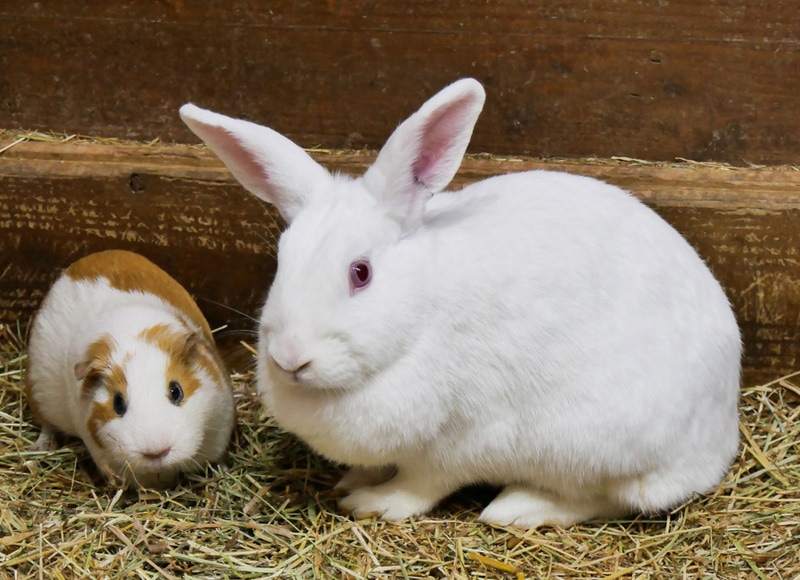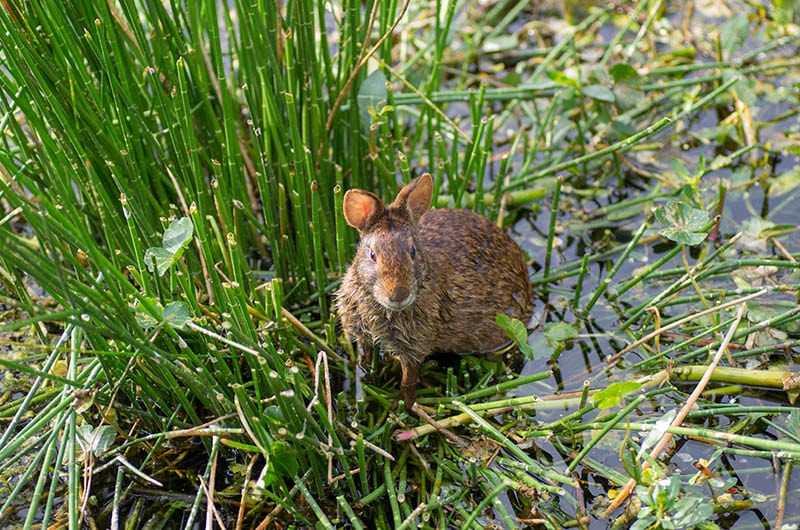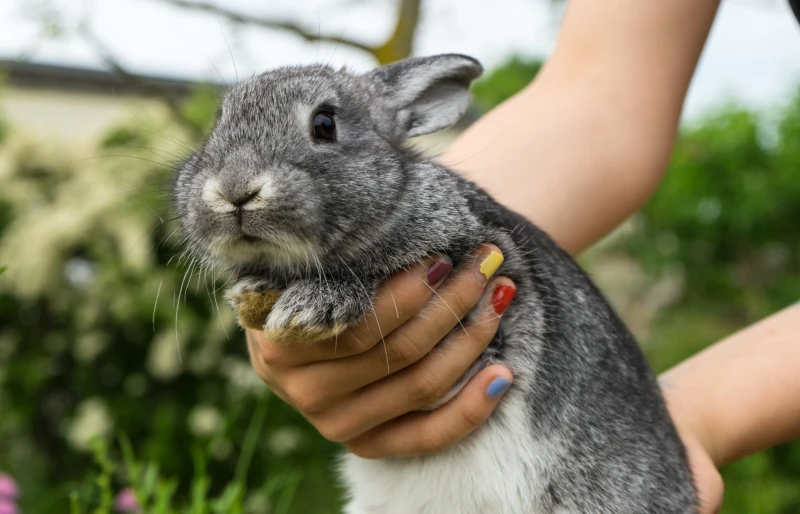How Do Rabbits See Compared to Humans? What the Science Tells Us
Updated on
Other than the classic dogs and cats, rabbits are becoming very popular house pets. They’re adorable and don’t make much noise, which makes them great for apartment dwellers. If you’ve ever looked at their eyes, you’ll notice they’re very different from ours. But how does that translate to their vision? And, more specifically, how does a rabbit’s vision differ from a human’s?
As prey animals, rabbits have differences in the features and the position of their eyes when compared to humans and predators in the wild. Check out how their eyes are placed high and on the sides of their faces instead of forward-facing like ours. Rabbits’ eye position gives them a very wide field of vision with just a tiny blind spot directly in front of their face and behind them. Rabbits’ night vision is better than ours, but at the cost of reduced visual acuity and a narrower color spectrum. Simply put, they can see a lot around them at once, but not with very much detail.
Read on with us below as we explore more about how rabbits’ eyes are different from ours, including how well they see at night and what colors they can see.

Binocular vs. Monocular Vision
Rabbits might have a wide field of view, but they have very poor depth perception because they just have a small area of binocular vision. By contrast, human eyes have better binocular vision, which is when the vision from both eyes overlaps to give you a sense of 3D. In nature, that helped us track prey animals more effectively, while rabbit vision helps them evade predators coming from any angle.
Rabbits, meanwhile, have very bad binocular vision because their eyes face different directions yet have great monocular vision. That’s a more 2D representation of what they see, and it also means rabbits don’t understand depth very well. Another interesting tidbit is that they’re farsighted, explaining why rabbits are sometimes startled by stuff we barely notice.
Humans can see better, overall, but only in a narrow field of view. Back when we were primates swinging in the trees, that let us hone in on our prey without distractions, and that depth perception helped follow them. Today, we largely rely on our binocular vision, but people who lose an eye have to learn how to live with monocular vision.
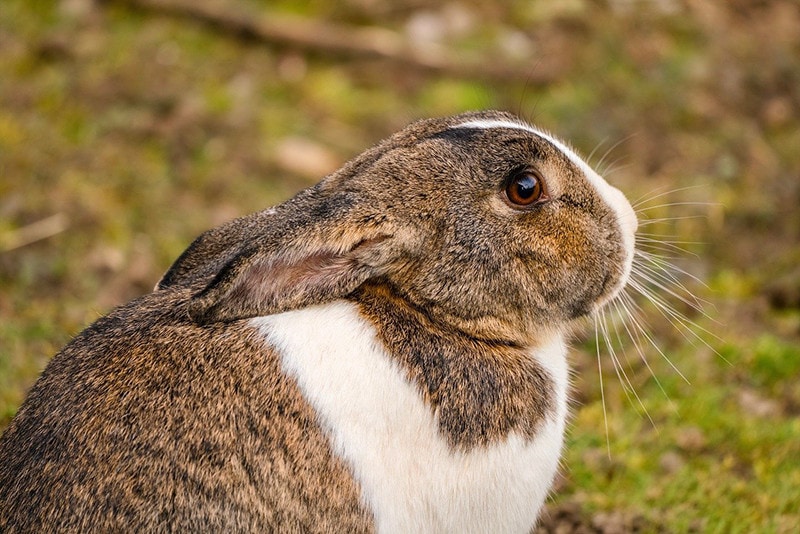
Rabbit Blind Spot
Because of where their eyes are, rabbits have a blind spot right in front of their faces. Thankfully, they compensate for this with their excellent sense of smell, plus their whiskers help give them an idea when something’s close that requires their attention. If you’ve ever walked directly up to a rabbit and they seem to ignore you, it could just be that they didn’t see you!
Rabbit vs. Human: Color & Night Vision
Color is another major area where rabbit vision differs from ours, and it’s because of the type of photoreceptors they have in their eyes. Rods help you see in low-light conditions but give your poor resolution (“grainy image”), while cones provide high resolution and color vision.
Rabbits have more rods than cones in their retinas, meaning they can see better than humans in the dark, but with poorer resolution. Unfortunately, that also means they have poorer color vision and can only perceive two colors: green and blue. They might be able to see those colors quite well, though.
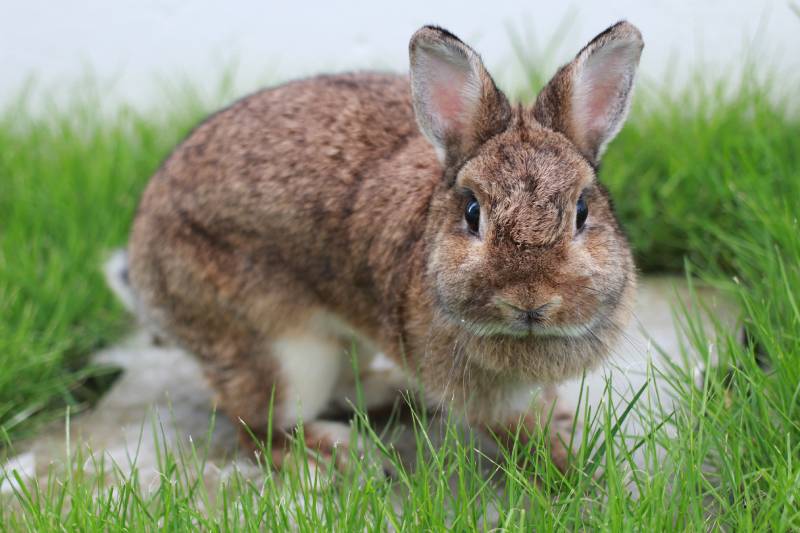
Conclusion
Rabbits are prey animals whose eyes have evolved to give them a wider field of view and better night vision than humans, who mostly see straight ahead and have poor night vision. Overall, though, we have much greater visual acuity in well-lit conditions.
Featured Image Credit: slowmotiongli, Shutterstock


